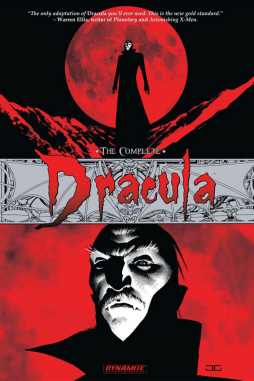Blogging Alex Raymond’s FLASH GORDON, Part Four: “Caverns of Mongo”
“Caverns of Mongo” was the fourth installment of Alex Raymond’s FLASH GORDON Sunday comic strip serial for King Features Syndicate. Originally printed between March 3 and April 14, 1935, “Caverns of Mongo” picked up the storyline where the third installment, “Tournaments of Mongo” left off with Emperor Ming having made Flash a royal King of Mongo and awarded him and Dale the savage uncharted cave kingdom of Kira to rule.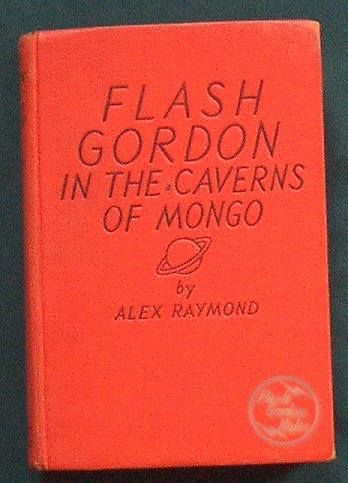
Flash and Dale are accompanied on their journey by Captain Khan and a squad of loyal Hawkmen who were ordered by Vultan to aid them. The kingdom of Kira is wonderfully prehistoric peopled with Neanderthal-like cliff-men, winged dactyl-bats, carnivorous plants, and a man-eating sauropod. This may be standard lost world fare, but with the introduction of the cannibalistic lizard-men as the true villain of the piece, there is no mistaking the influence of Edgar Rice Burroughs.
While Jules Verne and Sir Arthur Conan Doyle had popularized the concept of lost prehistoric lands that survived to the modern age, it was Burroughs who perfected the mixture of lost world and pseudo-science in both his Caspak and Pellucidar series. The latter in particular are the strongest influence on Alex Raymond here with the lizard-men portrayed as not only the more advanced culture, but a decidedly evil one. The scene where Flash (rendered unconscious in the lizard-men’s ambush) is taken to their lair and prepared as the tribe’s meal is particularly chilling.
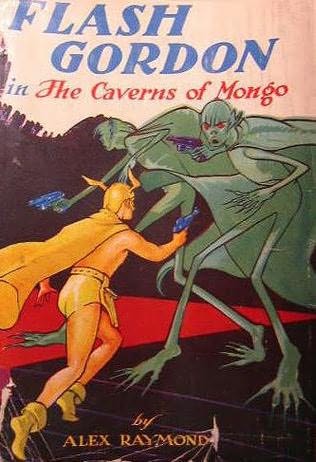
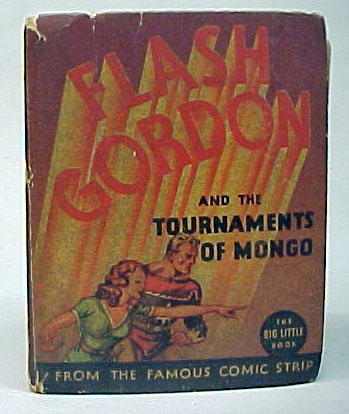
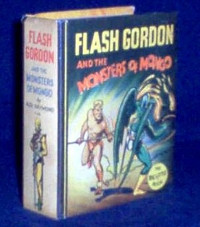
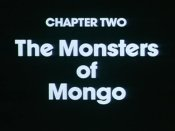
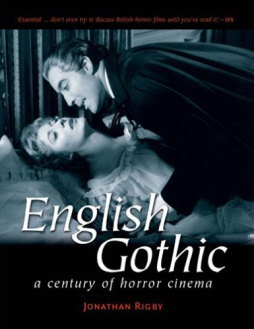 Jonathan Rigby’s ENGLISH GOTHIC (2000) is an excellent survey of British horror and science fiction films. Misleadingly subtitled A CENTURY OF HORROR CINEMA; the book focuses instead on the 20 year period from THE QUATERMASS XPERIMENT (1955) through TO THE DEVIL, A DAUGHTER (1976) when British production companies like Hammer, Amicus, and Tigon consistently outperformed the Hollywood majors in producing the finest and most influential genre films.
Jonathan Rigby’s ENGLISH GOTHIC (2000) is an excellent survey of British horror and science fiction films. Misleadingly subtitled A CENTURY OF HORROR CINEMA; the book focuses instead on the 20 year period from THE QUATERMASS XPERIMENT (1955) through TO THE DEVIL, A DAUGHTER (1976) when British production companies like Hammer, Amicus, and Tigon consistently outperformed the Hollywood majors in producing the finest and most influential genre films.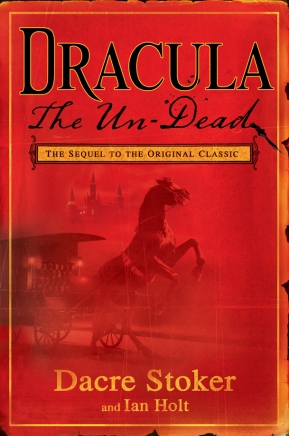
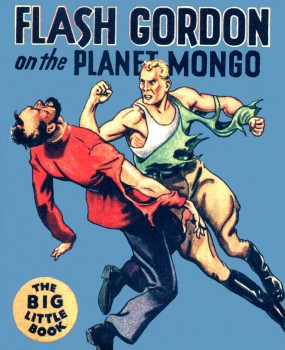
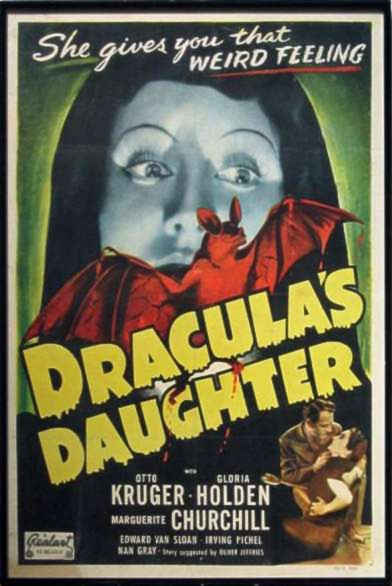
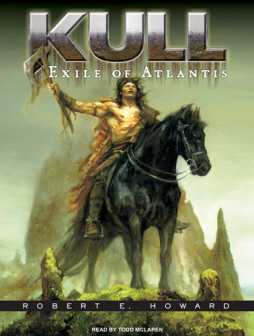 “Beyond the Sunrise” is the unofficial title afforded an unfinished Kull story that did not see print until over forty years after the author’s death. Its significance is due largely to the fact that it was the first of four widely differing attempts to continue the Kull series following the publication of both “The Shadow Kingdom” and “The Mirrors of Tuzun Thune” in Weird Tales in 1929.
“Beyond the Sunrise” is the unofficial title afforded an unfinished Kull story that did not see print until over forty years after the author’s death. Its significance is due largely to the fact that it was the first of four widely differing attempts to continue the Kull series following the publication of both “The Shadow Kingdom” and “The Mirrors of Tuzun Thune” in Weird Tales in 1929.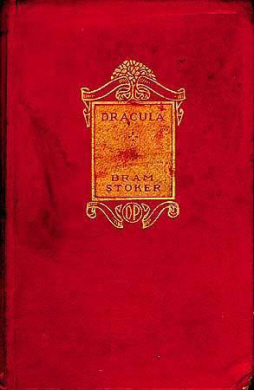 Most literary criticism of Bram Stoker’s Dracula is limited to treating the work as one of the more blatant examples of Victorian sexual repression. A few more adventurous critics are eager to play Freudian detective and speculate what the book reveals about the author’s possible sexual feelings for Sir Henry Irving or his alleged serial infidelity with East End prostitutes.
Most literary criticism of Bram Stoker’s Dracula is limited to treating the work as one of the more blatant examples of Victorian sexual repression. A few more adventurous critics are eager to play Freudian detective and speculate what the book reveals about the author’s possible sexual feelings for Sir Henry Irving or his alleged serial infidelity with East End prostitutes.